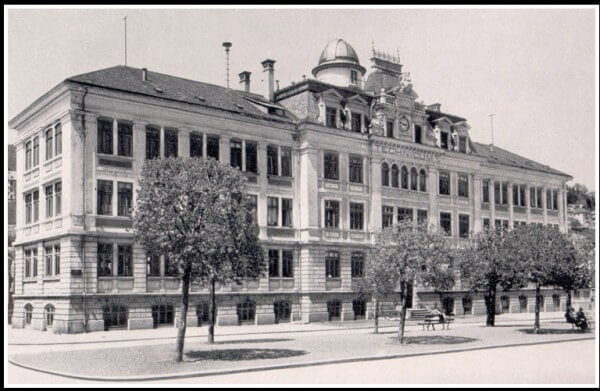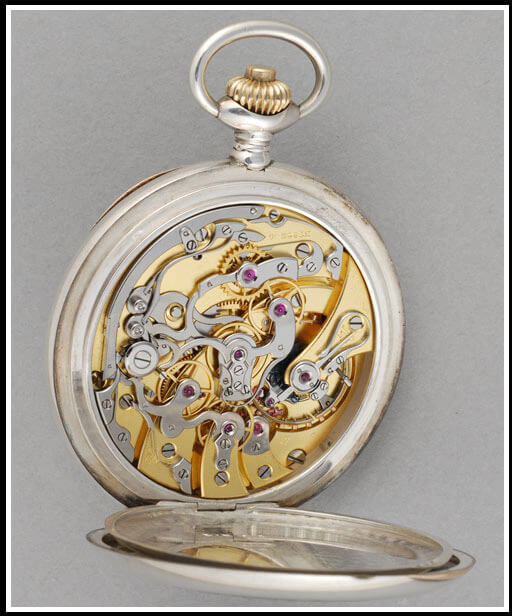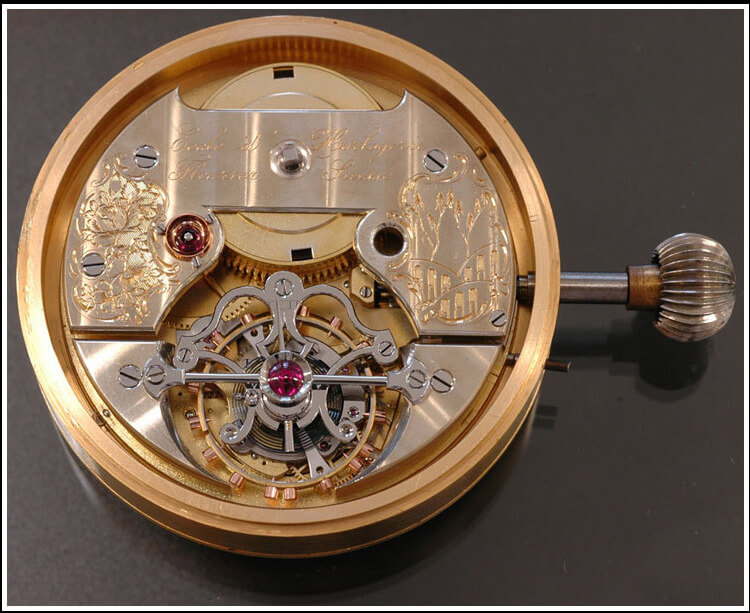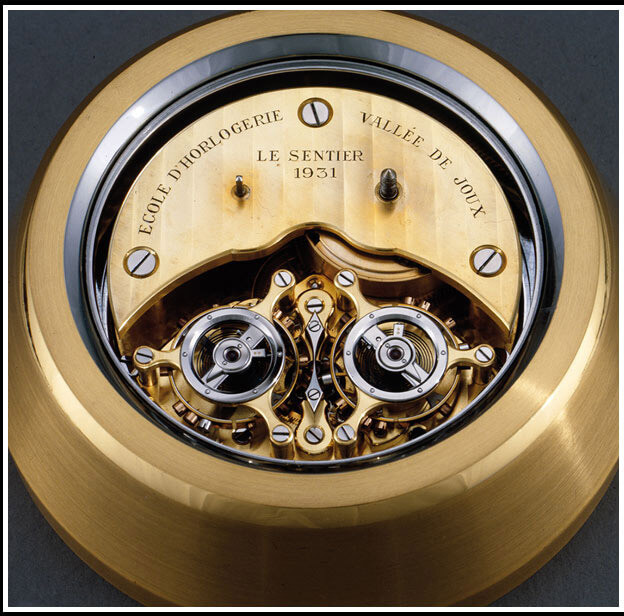“The study of watchmaking schools highlights the primordial role played by the professional training institutions in the general support and development of the watchmaking industry. We offer an original point of view to approach the history of these schools, using as a base, the works of the school’s pupils and the didactic tools made for them by their teachers,” states the catalogue of the Ten Swiss Watchmaking Schools exhibition, which takes place this autumn 2008 at the Geneva Musée d’art et d’histoire. “The school-watches are the valuable witnesses of the overall progress of the technique and science of timekeeping, capable of demonstrating – uniquely from the visual perspective – the main steps in the history of watchmaking. These school-watches, whose consistent quality of finish is remarkable, reveal the integration of inventions and discoveries made in the areas of techniques and mechanics, knowledge of metals and alloys, the industrial organisation of labour, division of tasks and automation, etc.”
The Birth of Ten Schools
Finally, it is with the rise of the Swiss watchmaking branch in the 18th century that the need was felt to establish schools that could train “complete” watchmakers. The division of labour which was set up, essentially with a concern for productivity, led to a fear of losing the collective know-how due to the greater gaps in knowledge observed in the mastery of watchmaking techniques. Watch manufacturers began to campaign actively for the creation of schools intended to fill in this competency gap in the coming generations. Thus, several training institutes came into being, often in stages, in Geneva (from 1824), Fleurier (from 1851), La Chaux-de-Fonds (1865), Saint-Imier (1866), Le Locle (1868), Neuchâtel (1871), Bienne (1873), Porrentruy (1884) and Soleure (1884). The apprenticeship combined theoretical instruction and hands-on experience in the workshop in a three- to four-year study programme. The apprentice invariably began by fabricating his own tools to learn the precision of measurements and the value of work “well done”.

Henceforth, Swiss watchmaking was on the move and asserted its demands with respect to schools considered to be far too conservative. “In the last quarter of the 19th century, most of the companies called for the training of workers, visitors, workshop supervisors and technical managers who had knowledge of use to the rise of the industrial era”, writes Estelle Fallet, curator of the Musée de l’horlogerie et de l’émaillerie of Geneva in the Journal des Musées d’art et d’histoire. “In 1877, a conference of the directors of the Swiss watchmaking schools underlined the necessity of introducing mechanisation into professional training. The schools of Geneva, La Chaux-de-Fonds and Le Locle were reluctant: for them, only the promotion of quality watchmaking and artisanal production was able to combat foreign competition. With this aim, the schools supported the technical excellence of traditional know-how.” However, at the end of the century, classes in mechanics started up, contributing to the modernisation of these training institutions, whose technical equipment was provided by the manufacturers.
Strict Requirements, Perseverance and Passion
Enriched with the experience of the past decades, we can reasonably ask ourselves today if this dichotomy has really been overcome within the profession. The data regarding the industry has certainly changed but the essential question of the intervention of the hand of man at the very core of watchmaking parts remains an extremely current topic. The timepieces exhibited in Geneva admirably illustrate this approach, which required the apprentice to demonstrate his personal style through the creation of a school-watch, looked upon as the masterpiece that journeymen of the Middle Ages had to make to earn their status. Today, the six watchmaking schools still active have abandoned the mandatory requirement of the school-watch, except in Geneva. The Musée d’art et d’histoire felt inspired to pay tribute to these masterpieces whose “quality of finish and proficiency in crafting successful complications exemplify conformance to strict requirements, perseverance and passion.” according to Estelle Fallet.
Ten Swiss Watchmaking Schools, masterpieces of expertise
Musée d’art et d’histoire de Genève
Rue Charles-Galland 2
Wed 10/09/08 – Sun 11/01/09
Open from 10 a.m. to 5 p.m. Closed on Monday
Entrance free of charge for permanent collections
Temporary exhibits CHF 5.- | CHF 3.-
free of charge up to age 18
Musée de l’Horlogerie et de l’Emaillerie

















